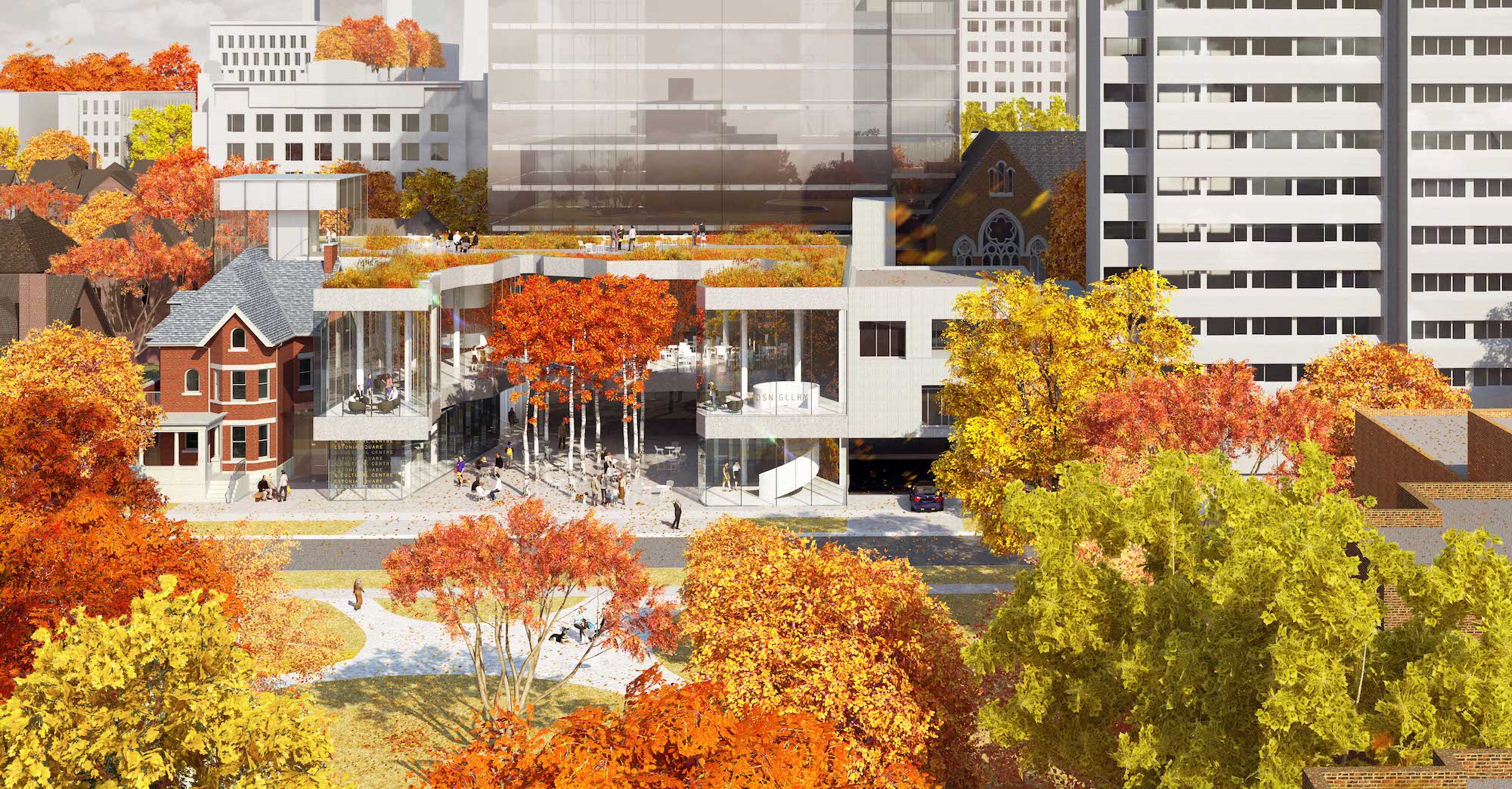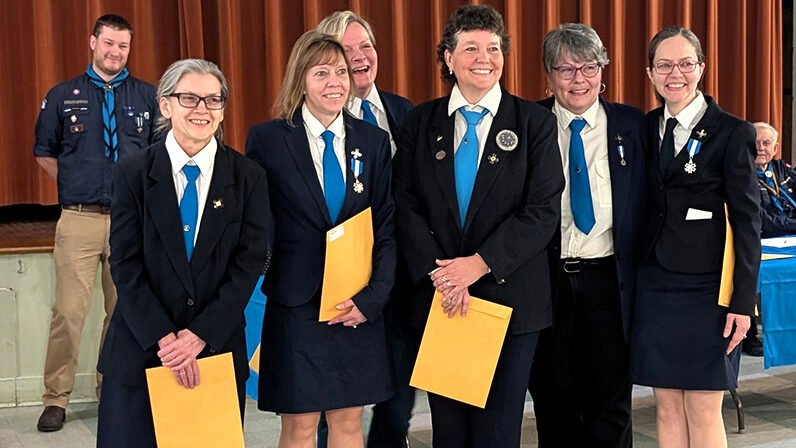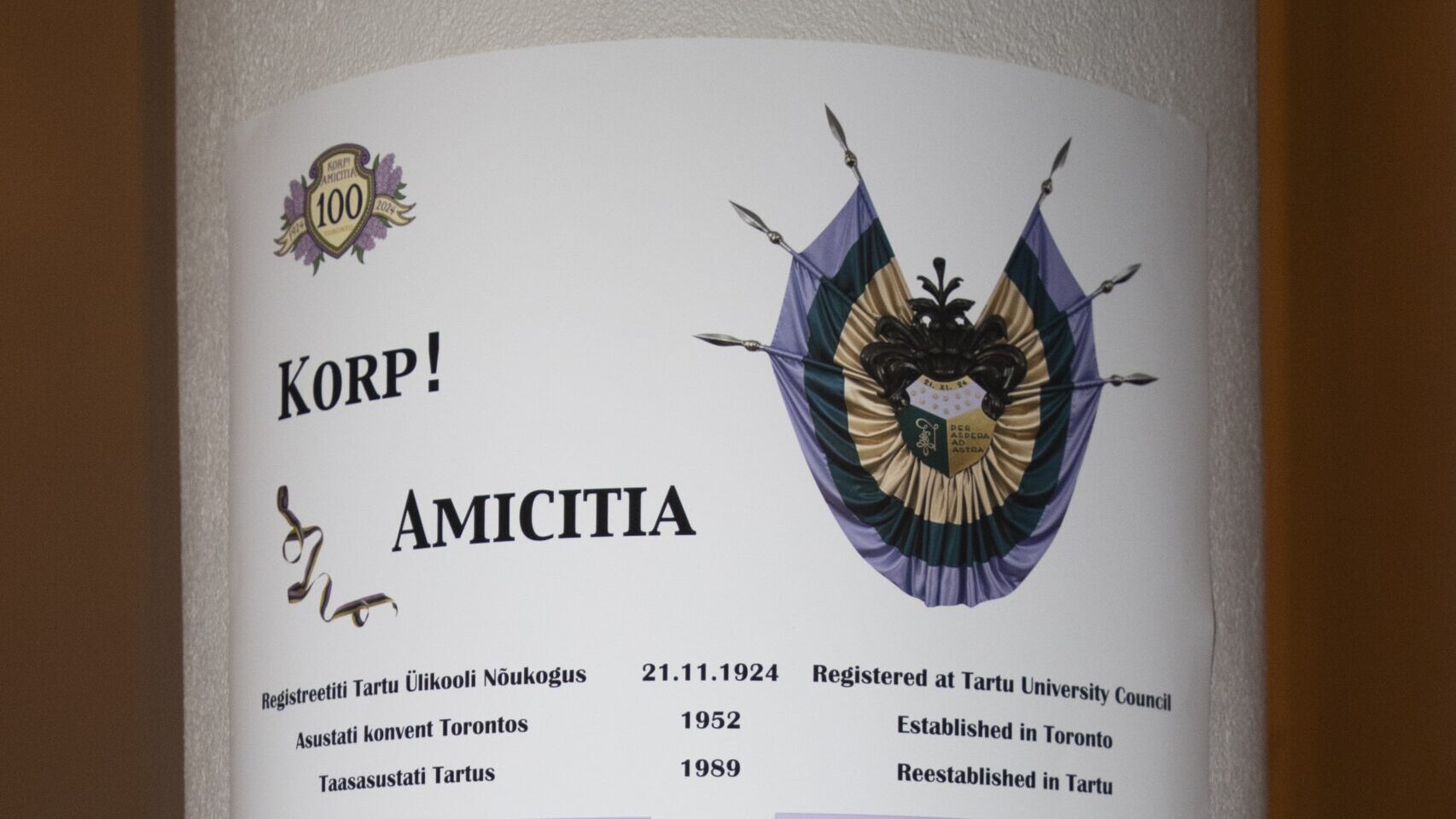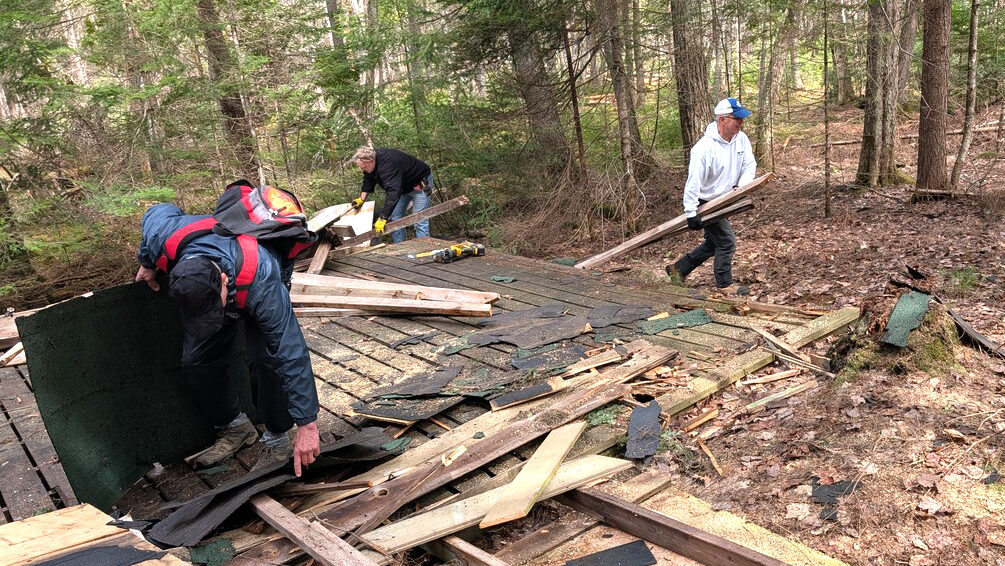“Even though we had financial backing from various sources, we just couldn’t keep it any more,” Lea said. “There were too many repairs to be made and it was too costly.” Because of the old wiring in the house, there were two electrical fires that caused a good deal of damage as well, further depleting their resources.
“Even though our finances were secure and stable, there was little incentive to continue in a steadily deteriorating structure,” Lea explained. “The furnace, roof, plumbing and especially electrical were antiquated and in dire need of replacement. We were fortunate that two recent electrical fires occurred when someone was there to take care of the issue. With an evaporating community and attendance there seemed little purpose to deplete all our remaining resources for what was essentially a money pit.”
She also said that attendance at their events had been steadily declining.
“The needs of the next generations are much different than those of the immigrants who came here,” she said. “Their interests and the activities they’re involved in are different, and there is a lot of competition for their time and attention.”
Lea lived in Toronto for many years and visits fairly frequently.
“The last time I was at the Estonian House in Toronto there was a big puddle on the floor – we had a lot of the same in our facility” she said. “I have mobility issues, and I found it very difficult to get around in the building.”
“I’ve seen drawings of the new centre and it looks wonderful. I look forward to visiting it.”
One of the ways in which the proposed new Estonian Centre on Madison Avenue in downtown Toronto is looking to the future is to deepen international connections. Facilitating business opportunities among North American Estonians as well as international commerce with Estonian business by way of workshare incubator space and this can be combined with actively promoting Estonian culture, music and technology to the world with an open and embracing flex space.
The Estonian Centre has the potential to become a hub for international business partnerships, and a place to gather and develop ideas and synergies, generating the start-ups that Estonian is known for.
It also makes good financial sense to consolidate all our community services and activities under one roof so they can be operated efficiently and effectively. Consolidation makes them easier to maintain, and to market. One of the ways in which efficiencies can be created is to develop a sustainable business model that includes lucrative, appealing rental income that is on par with what other “Class A” facilities offer in downtown Toronto. This is key to the successful operation of the centre over the long term and ensures the viability of our community.
Veiko Parming is the incoming board president of the Toronto’s Estonian House. He served previously as vice-president of the board, is very much looking forward to this new chapter. He said that Estonian communities outside Estonia have similar challenges.
“We had a first generation that put their heart and soul into building these communities. The Estonian community and culture were the major guiding force in their lives. With every passing generation, there is a little less attachment – people have options and if the Estonian community does not interest them, they look elsewhere. I do think the Estonian community has held together extraordinarily well compared to other ethnic communities, but still the trend is clear.”
Veiko believes that new thinking is needed to engage the younger generations.
“There is still so much interest in our culture, but we can't have a mindset that we're going to keep doing the same things in perpetuity and expect them to appeal in the same ways.”
Veiko understands the U.S perspective as well, as his father's side of the family is from the U.S. and he has lived there, too.
“I think that Toronto serves as a natural gathering point for not just Canadian Estonians, but Estonians across North America. I've talked with young U.S. Estonians who have visited Toronto several times over the past year and they are pretty amazed that there are Estonian events every day of the week – often many conflicting events on a given day – in Toronto. There are many young Estonians in the U.S. who are so proud of their heritage and their community.”
“The idea of building a new home for not just my generation, but successive ones is very exciting. I think there are a lot of great things about the central location in the Annex for the new centre, but to me it is not about Madison versus Broadview. It is about how we can ensure the long-term sustainability of our community. That is why I have chosen to get involved.”
“When a good opportunity comes along, you have to do the best you can to try and make it work.
Taivo Ets is a former board member of the Estonian House in Toronto (he served from April 2017 to April 2018) and he gained a good deal of insight into the realities of the future of the house during this period.
“I knew that the process of deciding the future of the Estonian House had been ongoing when I joined the board,” he said. “It had come to a point where we needed to take decisive action.”
Taivo said it was very clear to him right from the beginning that “a big change was needed – the financial model was just not working at the current location.”
“Emotions can cloud judgement,” he said. “You need to look clearly at the reality of the financial situation. It’s just not feasible to keep the Estonian House operational – the funds are not there.”
Taivo said that moving forward for the community has to be handled on an entirely different level and that building the new centre is “a great idea.”
“We will be building on what has already been established in the community,” he said. “We are not discarding the work and the effort that has been done by previous generations – we are taking it to the next level to remain current with our current attitudes and behaviours.”
“We will be opening up ‘eestlus’ not just to other Estonians, but to the wider community. This will inherently bring in all kinds of new opportunities. This chance won’t happen again.”
Taivo also mentioned that when he lived in New York City, he would frequently bring visitors to the Estonian House there.
“It was a place to go, to show off our culture. This can happen with the new centre, too.”





